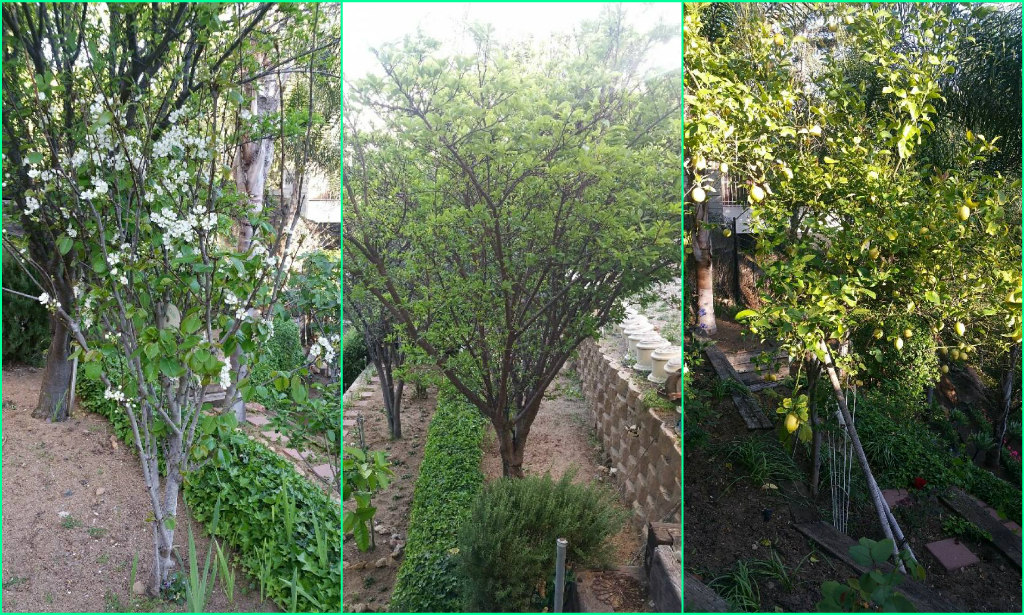Continuing with my special three part series on fruit trees with expert Ed Laivo… In PART II, we explore the art of pruning fruit trees.

I was told never to prune fruit trees, is this correct?
This is not only incorrect, but it is irresponsible. The person who shared this bit of wisdom was not educated in home garden growing of fruit trees. No fruit tree should never be any taller than a person standing in front of their tree with their hands reaching up over their head. Taller people have taller trees, shorter people have short trees. Without pruning your fruit will continue to grow out of your reach.
Any spraying that needs to be done to control pests or disease is best managed from a tree that is size controlled and held to a reasonable height. Netting for bird protection is almost impossible on a full-sized tree. Full sized trees that are adapted to their location can produce an overabundance of fruit. Smaller lot sizes mean less space to plant. One fruit tree may provide 2 weeks or so worth of fruit. Trees kept small allow for more varieties to be planted in the same space to achieve successive ripening, resulting in a harvest of fresh fruit from Spring to Fall. Pruning and size control is much easier on a tree that has been kept low.
When do you prune Fruit trees?
The time to start pruning fruit trees is when they are first planted. Check out this Nature Hills Video on Planting Bare Root Fruit trees:
Read Backyard Orchard Culture – This is a design put together by myself and Craig Minor of the Dave Wilson Nursery in 1993.
I prefer the majority of pruning to be done in the summer and mostly for size control and to maintain sunlight penetration into the canopy. This may differ in cold climates to some degree. Winter pruning is mostly looking for the dead, diseased and crossing limbs. Major structural cuts may be easier done without leaves in the winter as well
Check out the Nature Hills Nursery Video on Summer Pruning- This is done on a 3 in 1-hole planting. This is high density planning and pruning.
What can be done to protect fruit trees from fruit flies and other insects?
This question does not have a simple answer because it depends on the fruit type and the different insects. There are different recommendations that do not apply to a general rule for all fruit types
Some insects need to be reported to the Agricultural Extension Agent- in some areas the influx of new pests is a concern for local agriculture and should be reported. Become aware of rules relating to movement of fruit and plants in your area
Monitor your fruit trees to catch insect occurrence early- in all cases the earlier detection the easier the remedy. While in the garden, look closely at the trees leaves and branches to catch out breaks of Mites, Scale, and Aphids the 3 most common fruit tree insects. All other insect finds can be identified by local Agriculture Extension services.
High pressure water is the first and easiest remedy to apply- when detected early a good blast of water can knock down or eliminate a developing insect problem.
This is in fact quiet a lot to learn but if you love your garden then you must do what you have to do and that is like everything else, learn and apply.














